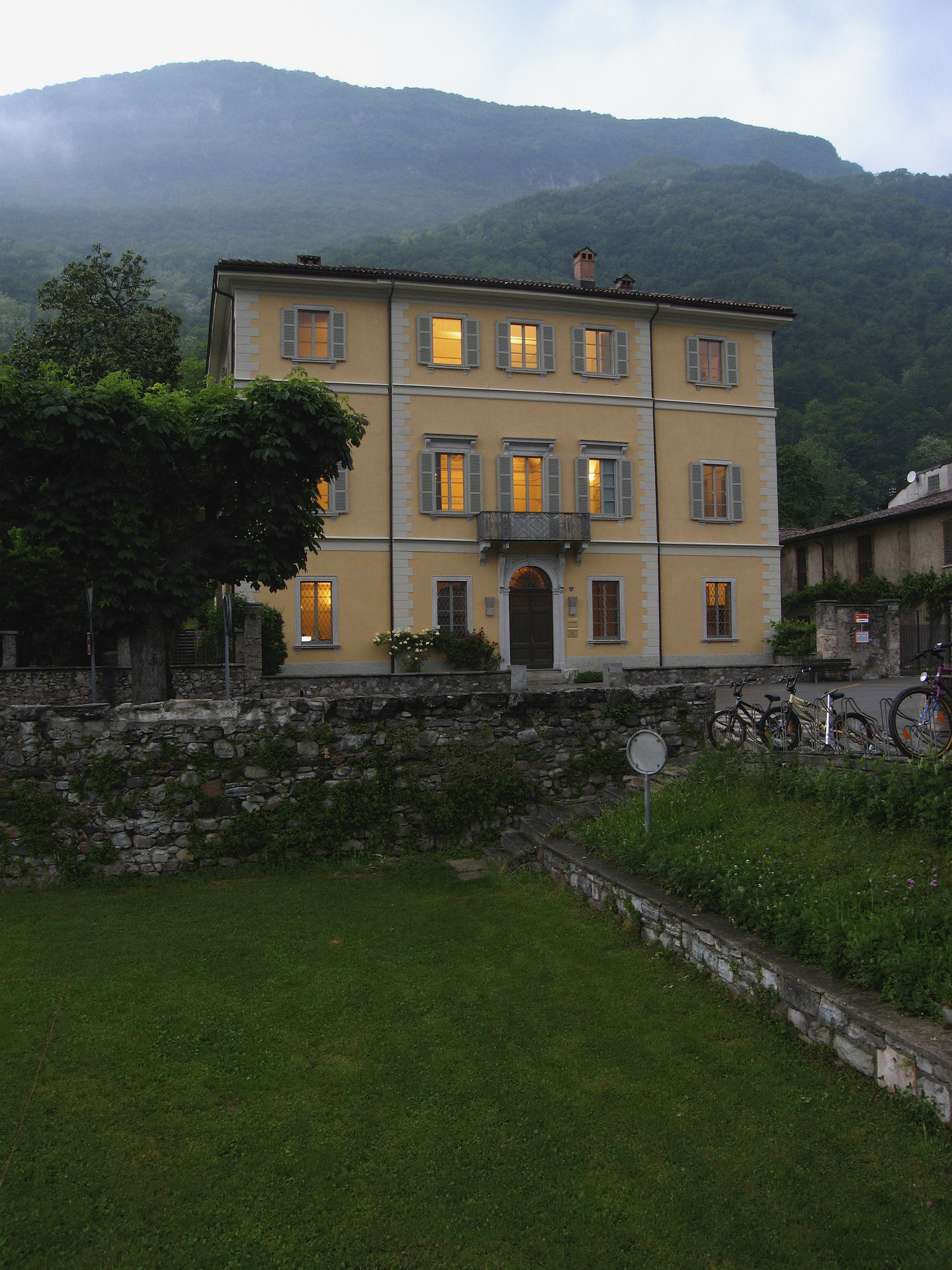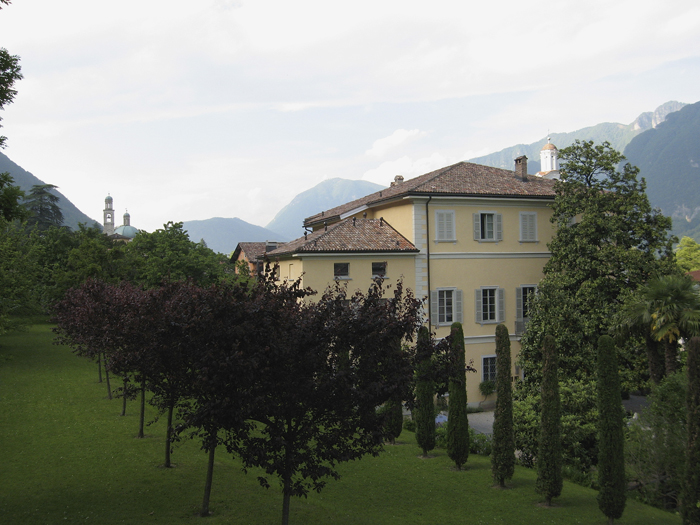Center for European Studies and Architecture in Switzerland begins expansion, renovation

Situated in a Swiss village between the foot of Monte San Giorgio and the shore of Lake Lugano, the Center for European Studies and Architecture in Riva San Vitale has served as Virginia Tech’s European campus for 20 years, providing an international home base for students and faculty.
The center is housed in Villa Maderni, a historic building originally constructed in the mid-1700s, which is now undergoing a construction and renovation project to improve the facilities and expand the residential and academic space.
John Dooley, chief executive officer of the Virginia Tech Foundation, which owns Villa Maderni, explained the importance of the project.
“Villa Maderni is an anchor of Virginia Tech’s international program, centrally and strategically located to provide access to Western Europe. It’s a place for active learning and ventures that expand global horizons,” said Dooley. “However, since the beginning, one of our deficiencies has been good classroom and learning spaces. We have made do with what we had, but this is our opportunity to improve the quality of our learning spaces to better reflect our commitment as a university to engaging our students, faculty, staff, and alumni in experiential learning.”
The Center for European Studies and Architecture hosts more than 200 students each year, providing real-word learning opportunities and international exposure. The center offers a broad range of courses for graduates and undergraduates, including business, architecture, politics, language, history, and art history. Students in all of the programs benefit from field trips to sites throughout Europe that complement their classroom studies.
“Villa Maderni gives students a high-quality, sequestered environment, which affords them the opportunity to be reflective and intense in their studies, but also to have access to everything that Europe has to offer, whether it is architecture, history, politics, or business,” said Paul Knox, program director of the Center for European Studies and Architecture. “Students regularly provide feedback that their experiences there are life changing.”
Those life-changing experiences are why the villa and its renovation are so important.
The property currently includes a 19,259-square-foot main building and a stable on slightly more than an acre of land. The plans include the construction of 6,200 square feet of new space and the renovation of 5,200 square feet of existing space.
The expansion will create a new dining area that can accommodate all faculty and students in residence for common meal times; currently meals are served at two separate times. A large classroom that can be subdivided is also being added, and the existing library will be renovated and extended. The stable will be renovated to create lab space for architecture students and work space for students of all disciplines. Outdoor improvements include creating an upper terrace courtyard adjacent to the new classroom and renovating an existing courtyard, previously used for parking, to create space that can be used for programs.
Having additional space, both indoors and out, will allow the center to open its doors to professional workshops, conferences, and meetings, affording students and faculty a venue for greater international engagement and an opportunity for Virginia Tech to build a stronger presence across Europe.
The current construction project is expected to be completed in the spring of 2014, allowing full use of the renovated and new space for students participating in studies there during the summer of 2014. Villa Maderni is a key landmark in Riva San Vitale, and all work is being done in accordance with the town's strict historic preservation standards.
With costs in the millions, private funds will underwrite the project.
The Center for European Studies and Architecture was established by Virginia Tech President Charles W. Steger during his tenure as dean of the College of Architecture and Urban Studies. The villa was purchased in December of 1991, with the first students arriving during the spring of 1992. Fall 1993 marked the center's first official academic semester.
Dedicated to its motto, Ut Prosim (That I May Serve), Virginia Tech takes a hands-on, engaging approach to education, preparing scholars to be leaders in their fields and communities. As the commonwealth’s most comprehensive university and its leading research institution, Virginia Tech offers 240 undergraduate and graduate degree programs to more than 31,000 students and manages a research portfolio of $513 million. The university fulfills its land-grant mission of transforming knowledge to practice through technological leadership and by fueling economic growth and job creation locally, regionally, and across Virginia.



